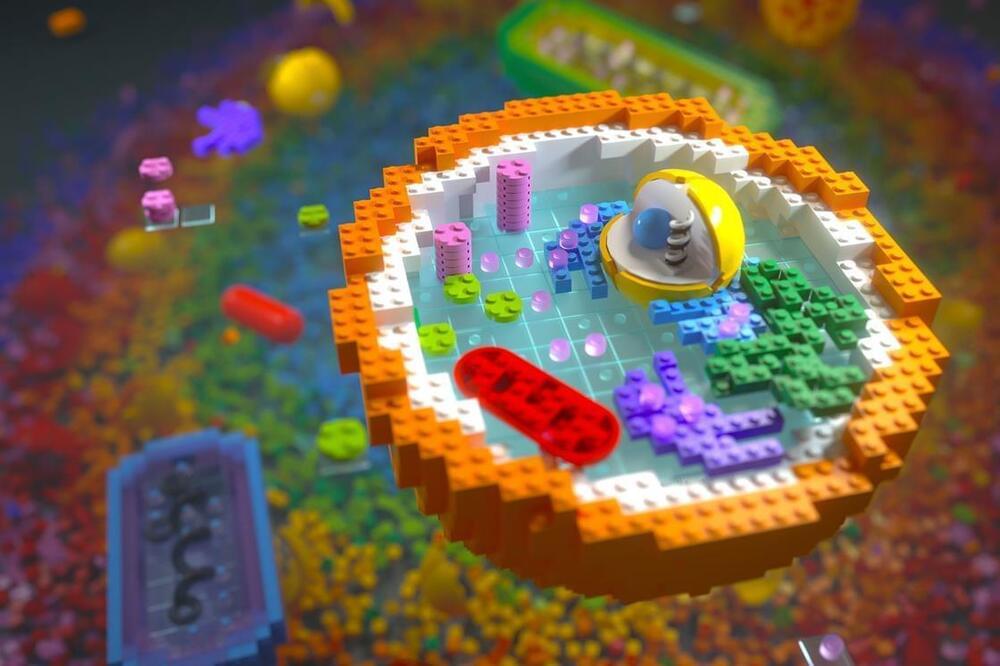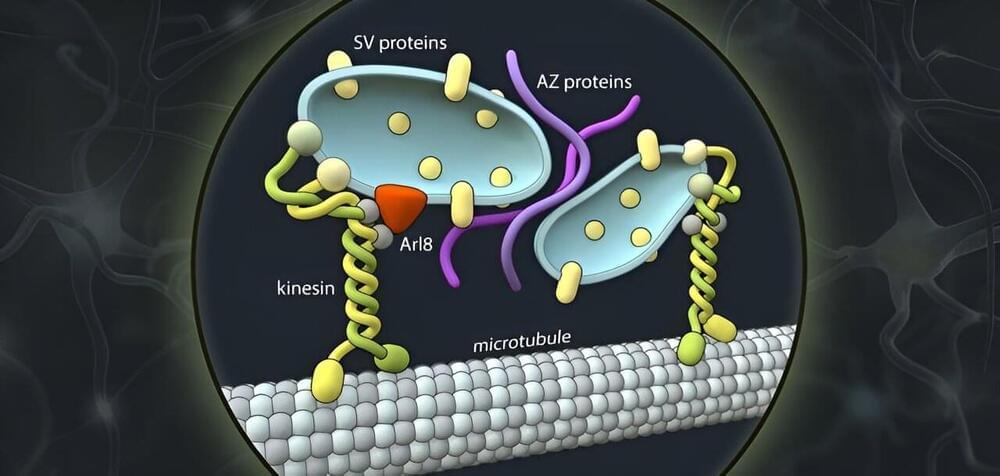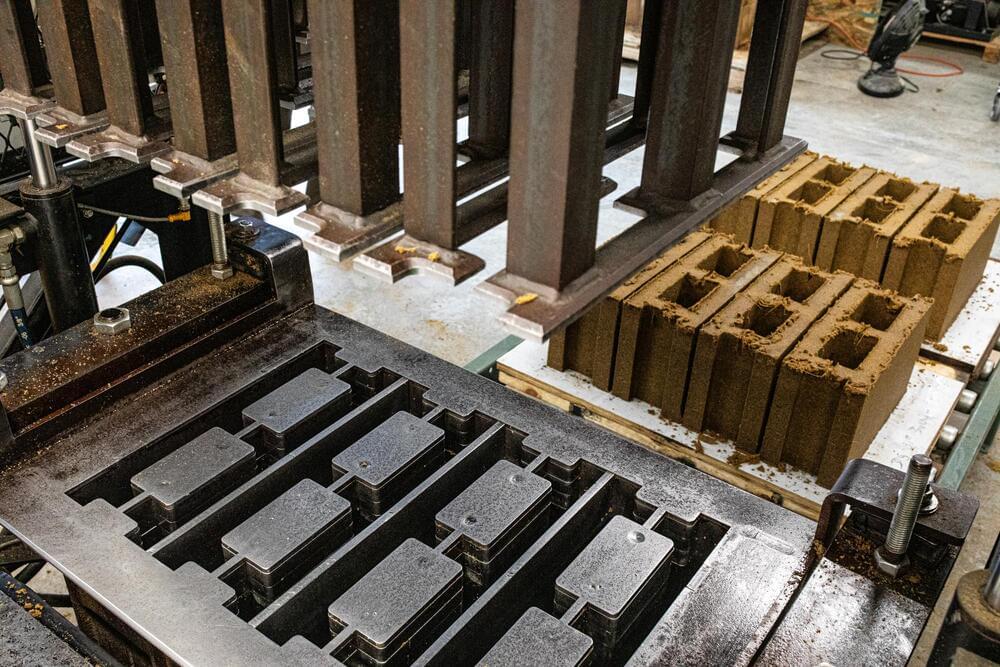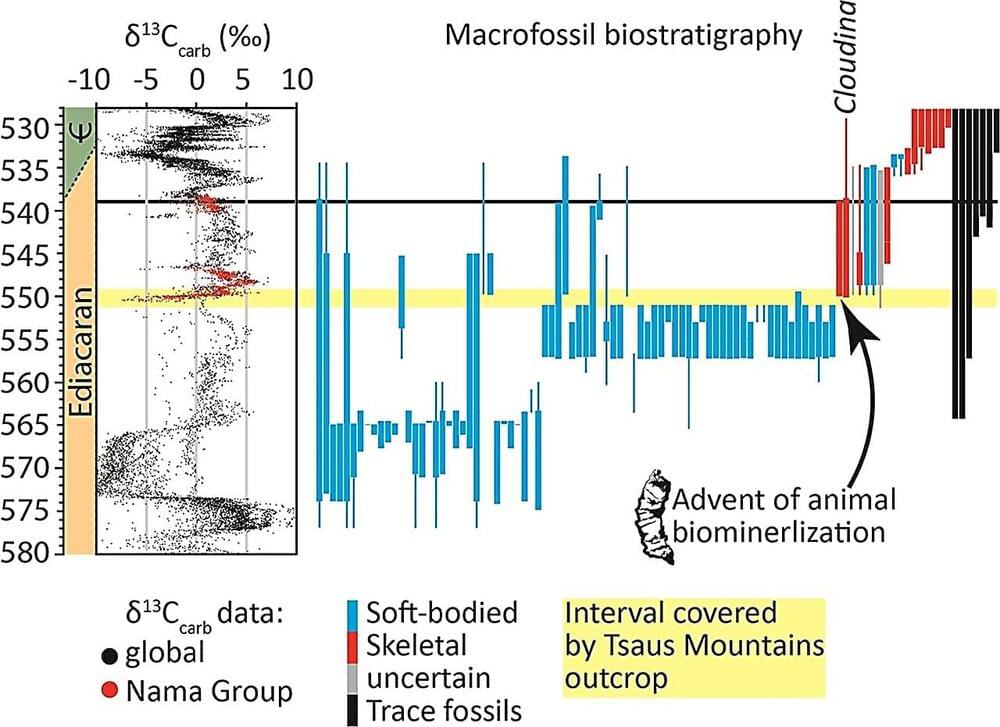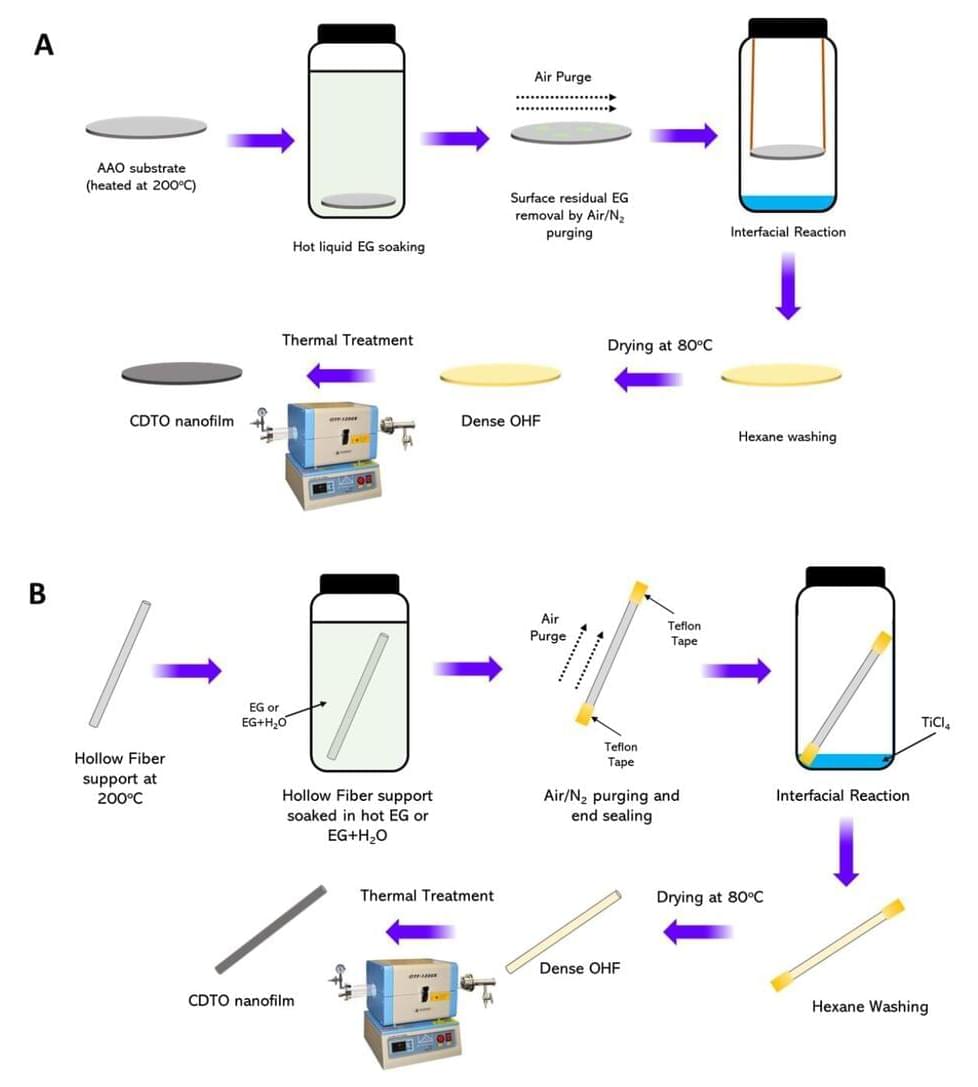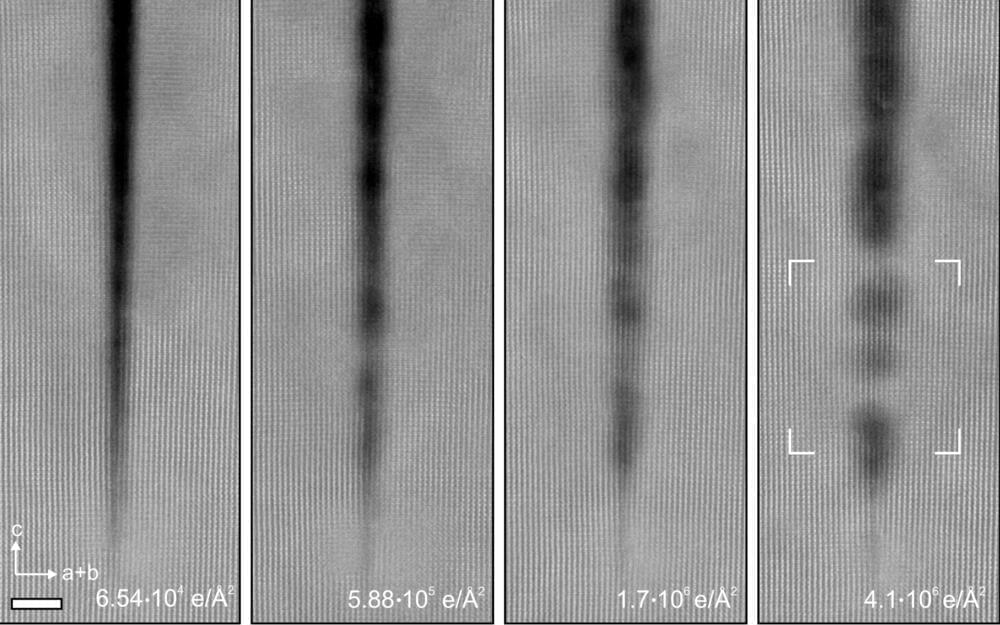The Collective Intelligence of Cells During Morphogenesis: What Bioelectricity Outside the Brain Means for Understanding our Multiscale Nature with Michael Levin — Incredible Minds.
Recorded: April 29, 2023.
Each of us takes a remarkable journey from physics to mind: we start as a blob of chemicals in an unfertilized quiescent oocyte and becomes a complex, metacognitive human being. The continuous process of transformation and emergence that we see in developmental biology reminds us that we are true collective intelligences – composed of cells which used to be individual organisms themselves. In this talk, I will describe our work on understanding how the competencies of single cells are harnessed to solve problems in anatomical space, and how evolution pivoted this scaling of intelligence into the familiar forms of cognition in the nervous system. We will talk about diverse intelligence in novel embodiments, the scaling of the cognitive light cone of all beings, and the role of developmental bioelectricity as a cognitive glue and as the interface by which mind controls matter in the body. I will also show a new synthetic life form, and discuss what it means for bioengineering and ethics of human relationships to the wider world of possible beings. We will discuss the implications of these ideas for understanding evolution, and the applications we have developed in birth defects, cancer, and traumatic injury repair. By merging deep ideas from developmental biophysics, computer science, and cognitive science, we not only get a new perspective on fundamental questions of life and mind, but also new roadmaps in regenerative medicine, biorobotics, and AI.
Michael Levin received dual undergraduate degrees in computer science and biology, followed by a PhD in molecular genetics from Harvard. He did his post-doctoral training at Harvard Medical School, and started his independent lab in 2000. He is currently the Vannevar Bush chair at Tufts University, and an associate faculty member of the Wyss Institute at Harvard. He serves as the founding director of the Allen Discovery Center at Tufts. His lab uses a mix of developmental biophysics, computer science, and behavior science to understand the emergence of mind in unconventional embodiments at all scales, and to develop interventions in regenerative medicine and applications in synthetic bioengineering. They can be found at www.drmichaellevin.org/

